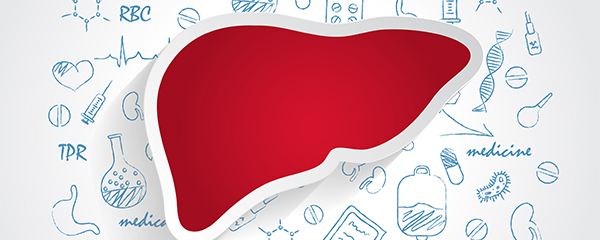A Terrifying Bacteria Possesses Potential Liver Cell Recovery Ability

Mycobacterium leprae, or Leprosy bacteria, is an ancient bacteria that can cause problems in nerves, skin, and eyes. Many people were terrified by the disabilities it caused. But thanks to the advancement in medical technology, cases caused by leprosy bacteria have been rare in most advanced countries.
Scientists have discovered that this fearful bacteria has a rare property that can convert one type of body tissue into another. Researchers at the University of Edinburgh believe that this bacteria has the potential to repair and regenerate body cells.
Other than humans, armadillos can also be infected by leprosy bacteria. Therefore, researchers used armadillos as their experimental subjects. The results found that the bacteria transferred to the armadillo’s liver and “hijacked” the liver’s regenerative capacity for its use. The livers in the infected armadillos nearly doubled in size, but the livers were healthy and functional. The blood vessels and bile ducts were also normally grown. More surprisingly, leprosy bacteria appeared to rewind liver cells to the previous stage, where the liver is still developing and can rapidly increase in cell numbers before maturation. The team believes that leprosy bacteria reprogrammed liver cells so that they returned to progenitor cells or stem cells, then developed into liver cells and generated new liver tissue.
Scientists hope that this property could be used to make new drugs to help those awaiting liver transplants and even reverse the damage caused by aging. However, leprosy bacteria are still pathogenic, and it is not yet known whether it has the same effect on the human liver. We still need more validation and improvement for this study.
- * All research and clinical data should be used as reference purposes only, results may vary.






